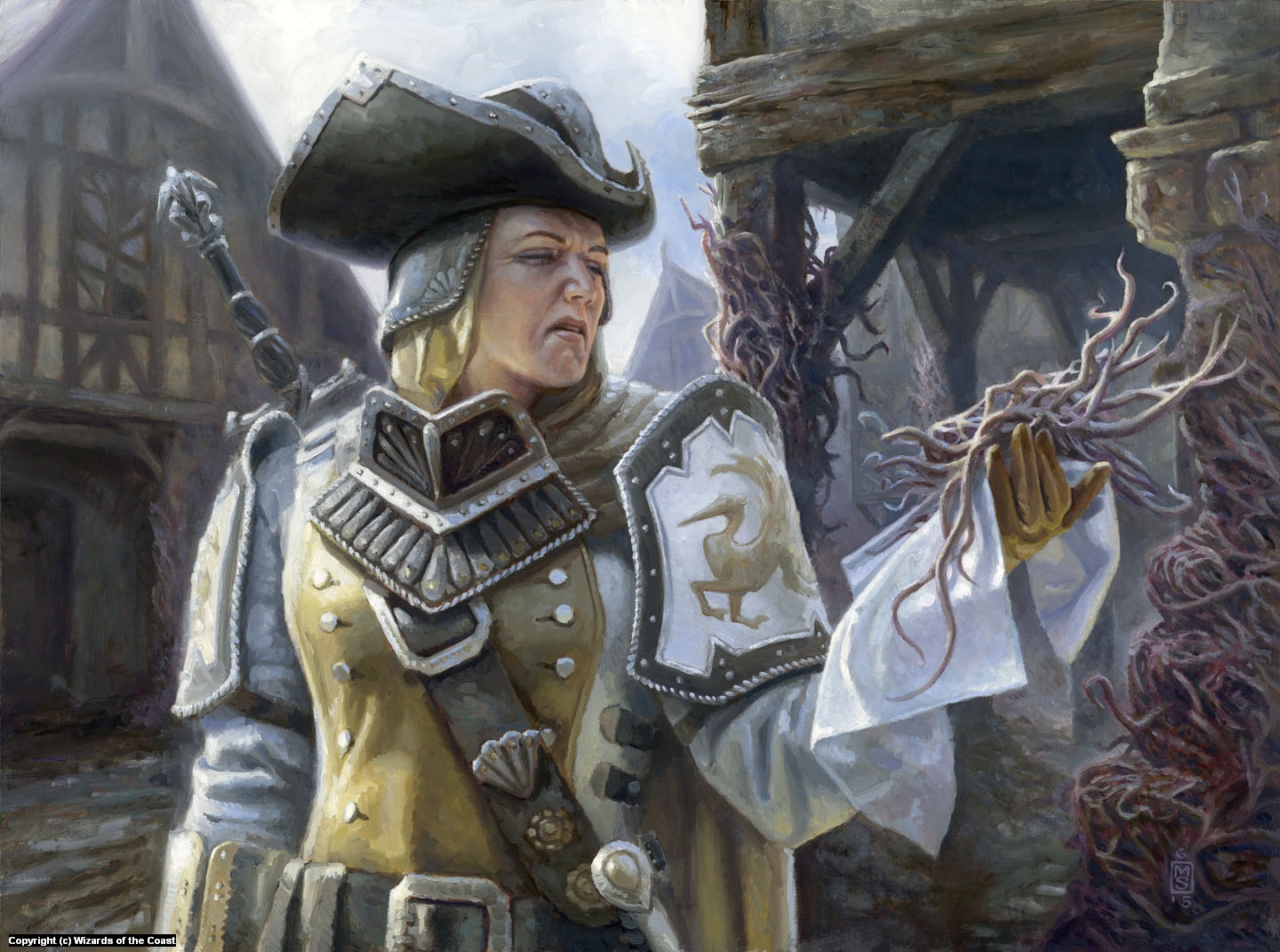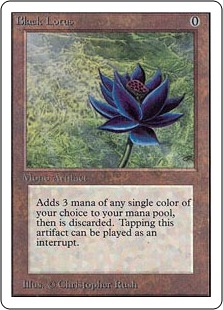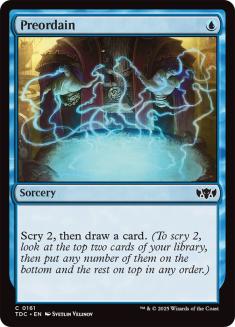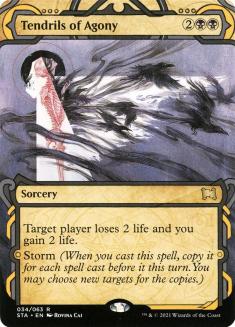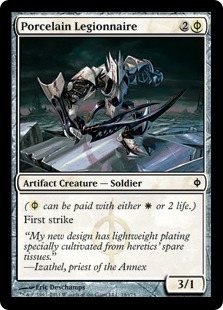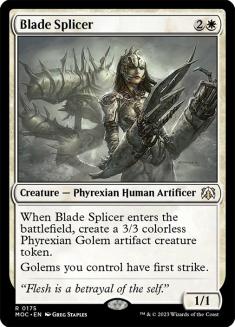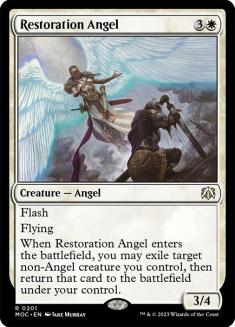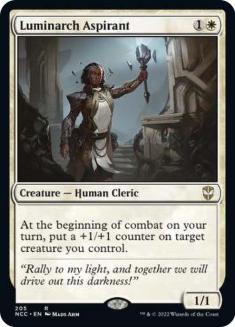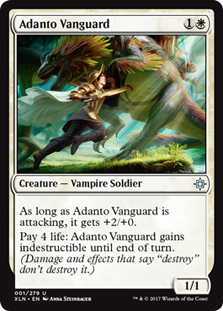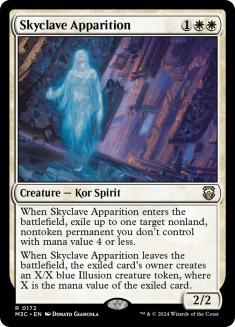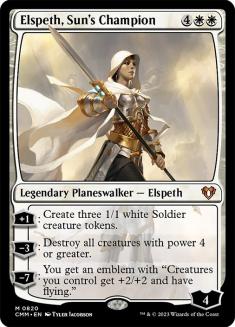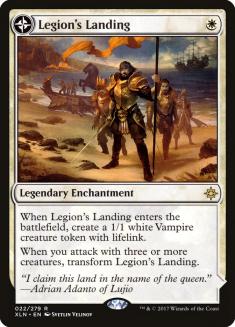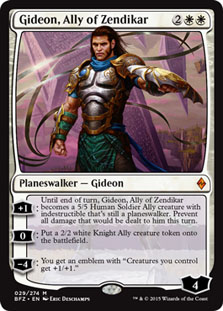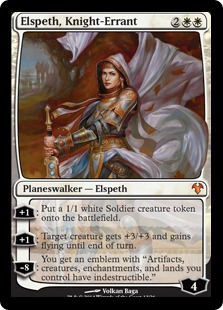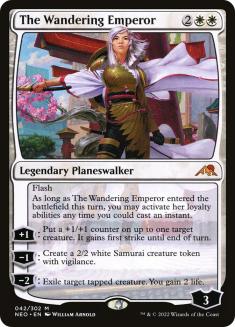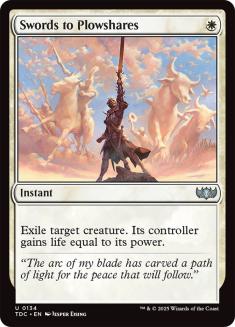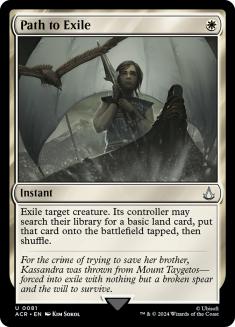Happy Wednesday, gamers! I’ve been looking over the known schedule of product releases and digital Cubes. As I understand it, we have a substantial stretch of time between now and Magic’s next product release. With this being the case, I wanted to test the waters with something of a series on the topic of Cube design. As you all know, I’ve designed and reviewed a lot of Cubes over the last couple of years, and a topic that I’ve been interested in writing on is the cards that best fit the most Cubes. The most broadly Cubeable cards in Magic, if you will.
Starting this week, I will be going by color and presenting my picks for the ten most Cubeable cards of that color, with gold cards lumped together as a category and colorless cards and lands to follow. I’ll be starting with white today, but first I want to establish my criteria and the biases in my selection.
The Cubeable Criteria
Fitting a Wide Range of Cubes
First, and most importantly, despite the fact that Magic Online (MTGO) has featured a handful of different powered Cubes, Black Lotus gets a low rating on my metrics. The purpose of this list is to establish cards that scale well across different power levels and generally lead to good gameplay across a wide range of play environments. A card that’s only fit for Vintage Cube and a card that only shows up in Pauper Cube will find themselves equally far from making my lists, though a card that’s playable in both environments will score very highly for me.
Not Too Swingy
Implied in the previous paragraph but worth spelling out explicitly is that I’m looking for cards that are good in Cubes with narrow power bands. Cards that are good enough to regularly make decks, but ones that don’t completely outshine the competition. There are tons of popular cards with dramatic swingy effects or that regularly end games, but the swingier the effect, the less desirable the card is from one Cube to another. I’m here to sing the praises of some good, honest workhorses.
Interactive
To this end, I value cards that naturally lead to more interactive games. I love Tendrils of Agony, but a lot of Storm games just aren’t very good.
You’re going to see a lot of cards that meaningfully impact creatures and combat on my lists. To the dismay of some haters, this means that I am dramatically higher on planeswalkers than enchantments. I’m looking for cards that lead to games where both players get to feel like they did their thing.
A Note on Group Nominations
Lastly, in the interest of representing a wider range of cards, I will be grouping cards that are very similar together to take up one slot on my list, rather than giving multiple slots to groups of cards with low value over replacement over each other. There are some examples of this in today’s article.
An Honorable Mention
Before we get into my Top 10 white cards for Cube, I do have one honorable mention. I’m not going to make a point to do this for every color, but there is one card that is technically white that overwhelmingly makes most Cubes, yet it doesn’t feel quite right to give a white slot to today. All the same, I want to give a quick shout-out to Porcelain Legionnaire!
I play Porcelain Legionnaire in more red decks than white decks, but this functionally colorless creature continues to stand out on rate from Pauper Cube all the way to Vintage Cube. For the purpose of my mono-color lists, I want the cards to actually be draws to play their respective color, so Porcelain Legionnaire doesn’t quite fit the bill, but it’s absolutely worth mentioning today.
Preamble and honorable mention out of the way, let’s get to my picks for the Top 10 most Cubeable white cards!
10. Blade Splicer
If you’re familiar with my Cube articles, or really if you’ve played much Cube at all, then you know that white’s biggest strength in Cube tends to be creatures that attack and block. Blade Splicer bringing two bodies at a solid rate makes it an easy card to include in most Cubes. Of course, in terms of stats there are a few more powerful options these days, but in terms of filling out the curve and offering some externalities, Blade Splicer continues to be among the first white three-mana cards that I consider for Cube inclusion.
Offering two bodies is solid for sacrifice decks, having a strong enters-the-battlefield ability is good for blink decks, and we get more and more support for artifacts mattering all the time. Whether you’re more interested in attacking or blocking, Blade Splicer is just solid in aggressive and controlling decks alike.
9. Restoration Angel
Where there’s a Blade Splicer, you can be reasonably certain that a Restoration Angel is lurking right around the corner! Restoration Angel represents more blowout potential than a lot of the cards on my list, but leaving up four mana is a real cost, and this card is a long-time crowd-pleaser.
The primary role of Restoration Angel is to facilitate blink archetypes, but the card offers plenty in the raw stats department for a flash creature. It’s not uncommon to see Restoration Angel show up in white control decks that don’t have a ton of creatures to blink, just as a surprise blocker or to threaten opposing planeswalkers.
These factors leave Restoration Angel with a high floor, and a much higher ceiling when you pair it up with the myriad of powerful enter the battlefield abilities that we have access to in Cube these days. Even in Cubes with more of a combo focus you can pair up Restoration Angel with Kiki-Jiki, Mirror Breaker for an infinite combo! It’s more likely that Restoration Angel is too powerful for a lower power Cube than it is for it to not be powerful enough, but even still it’s a great Cube card for a wide range of environments.
8. Luminarch Aspirant
While Luminarch Aspirant is mostly only good for attacking and blocking, it is excellent at both. It’s also worth mentioning that counters themes have robust support these days. You don’t need to do anything fancy to make Luminarch Aspirant appealing, though.
With creatures being as good as they are these days, scaling threats are a huge deal for aggressive decks. Some of your opponents will combat aggressive decks with blockers as a significant part of their gameplan. Growing your creatures over time is a very effective way to counter this strategy.
When it comes to high-power Cubes, you’ll see a lot more attention given to disruptive creatures like Thalia, Guardian of Thraben and Containment Priest, but Luminarch Aspirant is just a much better proactive threat and will matter more as the games become more about good old-fashioned combat.
7. Adanto Vanguard
Speaking of good old-fashioned combat, Adanto Vanguard has some pros and cons compared to Luminarch Aspirant, yet ranks slightly higher on my list for a few reasons. Adanto Vanguard is not much of a blocker, but you don’t block your opponent to death anyway. The ability to dodge a wide range of removal and attack with impunity put Adanto Vanguard over.
We’ve come a long way since Blade of the Sixth Pride, but Adanto Vanguard is far and away the best of the bunch against Fatal Push, a heavily played Cube card. There’s an argument to insert Seasoned Hallowblade into this conversation for having resilience against the same sorts of things, though Seasoned Hallowblade drains you of a much more meaningful resource.
Good mono-white aggro decks usually have their fair share of cards that are more powerful than Adanto Vanguard, but Adanto Vanguard is never a consideration to be cut from these decks. Some interaction is ultimately essential for the success of these decks, but the primary goal is always to get your opponent dead which Adanto Vanguard is very effective and resilient at achieving.
6. Skyclave Apparition
Meanwhile, Skyclave Apparition is also quite powerful in aggressive decks, though for very different reasons. I don’t really have anything bad to say about a creature that can clean up mana rocks, annoying enchantments, blockers, and planeswalkers. Sure, your opponent will get a token if they can answer your Apparition, but even that aspect is a huge upgrade over Banisher Priest.
Skyclave Apparition feels pretty balanced, yet always good to play with. That, to me, is the hallmark of an excellent Cube card. The caster gets a good deal and the opponent doesn’t feel cheated. Skyclave Apparition is among the best individual card designs in recent memory.
5. Elspeth, Sun’s Champion
In most Cubes, if you’re going to spend six mana, you’re looking for a game-ender. For my money, Elspeth, Sun’s Champion is the six-mana white card. Elspeth threatens to close the game in short order and also offers solid defense if the situation calls for it.
The card offers a lot of value, but also isn’t overwhelming. Some games do just end when Elspeth shows up, but in general I find the gameplay of the card to be solid as far as gameplay with powerful six-mana threats goes.
Technically Elspeth offers token synergies, though mostly it’s just a strong top-end for control decks, and there’s nothing wrong with that. Elspeth is just an exciting card on rate, and white only gets so many of those.
4. Legion’s Landing
Cruelly removed from the MTGO Vintage Cube, Legion’s Landing is among my favorite white cards of all time. A one-mana threat that can accelerate your mana and generate value as the game goes long is incredible. Legion’s Landing is just incredible on rate and offers a lot to token/sacrifice strategies as well. Or lifegain decks, if you’re into that sort of thing.
The smorgasbord of Savannah Lions available today gets much more attention, particularly Usher of the Fallen, but I find the gameplay of Legion’s Landing much more compelling. The card allows you to shift gears from being purely aggressive to biding your time, and creates interesting tension around combat rather than a simple determination of whether to use a removal spell on one creature.
Legion’s Landing is among the first cards that I include to support white aggressive decks. I find it a great fit for most Cubes and I hope to see it return to the MTGO Vintage Cube one day.
3. Gideon, Ally of Zendikar (and Friends)
Gideon, Ally of Zendikar is the most powerful of the white four-mana planeswalkers, and also offers some great play patterns with its ability to emblem right away, but Elspeth, Knight-Errant and The Wandering Emperor belong in the discussion of most Cubeable white card as well.
Sweepers and removal are essential elements of control decks. Planeswalkers that generate creatures allow aggressive decks to fight back. These cards are just good in control decks, too. I’m a huge fan of cards that don’t immediately end the game, yet do bring a lot of attention to themselves immediately, assuming that the cards allow interaction. The combat considerations around reasonably statted planeswalkers and whether to attack them or try to ignore them lead to some of the most engaging decisions in Magic for my money, with both players focusing on the same thing in ways that they each have a good amount of agency over.
My lists aren’t especially heavy on planeswalkers, but I do consider them to be among the most significant and positive additions to Cube of all time. Assuming we’re talking about the ones that are reasonably statted for the Cubes that you put them in, of course.
2. Swords to Plowshares (and Path to Exile)
It’s my firmly held belief that even when you scale back the power of a Cube, playing with quality removal spells is still preferable to inefficient ones. Especially if we’re playing with creatures with strong enters-the-battlefield abilities, the cost of using trading even or down with a removal spell on a creature is significant. Frankly, there’s a wide delta between how highly I pick Swords to Plowshares and Path to Exile in Draft, but even still, I consider both non-negotiable for Cubes where they’re options.
Swords to Plowshares is best in class in terms of one-for-one creature removal spells, and this is an important but not overwhelmingly powerful category of card. I find that compelling Cubes have powerful threats, and powerful threats necessitate powerful answers. From Peasant Cube up to Vintage Cube, Swords to Plowshares will almost always make someone’s deck and will rarely leave an opponent with a sour taste in their mouth… assuming that your Cube isn’t loaded up with three- or more-mana creatures that don’t generate any value or at least threaten to dramatically alter the game if you untap with them. I would argue that mopey creatures lower the fun ceiling on a given Cube a lot more than good removal spells.
1. Thraben Inspector
And finally, we come to the best white card yet printed. Thraben Inspector is an absolute triumph of design, a solid attacker or blocker that generates an artifact and card advantage. The return on one mana is so high, and yet the card feels completely reasonable. From Pauper Cube to Vintage Cube, Thraben Inspector is a high pick that makes most any white deck. How can you not be romantic about Thraben Inspector?
Why Not Mother/Giver of Runes?
I imagine that a lot of lists would be more inclined to go for Mother of Runes, but the gameplay on Mother of Runes is actually incredibly bad. It’s not uncommon for an opponent to fold if they fail to answer Mother of Runes immediately, and in matches where this isn’t the case, that can mean that the opponent just doesn’t care about the creature axis of the game at all, which isn’t a better scenario, merely a shifting of the bad feelings. Giver of Runes also makes a lot of Cubes, and it’s a fine card but is just kind of a one-mana Flagbearer which has pretty low value over replacement relative to just playing another powerful threat.
And that’s a wrap on white! Unsurprisingly, a lot of my focus on white had to do with creature combat, and while that’s going to be a general theme for this series, it is absolutely more pronounced in white than other colors, with creature combat being one of white’s very few strengths for Cube broadly.
Next week, we’ll be moving on to blue, and the combat focus is absolutely de-emphasized for that list. I hope you enjoyed today’s installment and are as excited for the rest of my lists as I am!

